Avocado (Persea americana) is an evergreen tree of the laurel family reaching 15 to 30 meters in height and having large green leaves. Its homeland is Central America, but there are reports that its fruit were consumed as early as 8000 years ago by the Aztecs and Mayans.
Its name, translated from the local Nahuatl language, means testicle and was apparently named so because of the great similarity in the shape of the fruit with this anatomical organ.
Avocados usually weigh around 150 – 250 g, but there are also varieties with larger fruit that reach a weight of up to 1 kg, as well as miniature varieties. Everything also depends on the conditions of its cultivation, since the tree grows best in fertile soil with a high moisture content. It blooms in winter and after about 8-10 months it is loaded with pear-shaped green fruit.
An avocado is like a banana - it grows on the tree but ripens after it is picked. After ripening, the fruit turn dark green or dark purple. The fleshy part is cream-colored, tasteless, but with a pleasant aroma. There is a brown stone in the core of the fruit.
Avocado is a fruit high in fat and calories - 100 grams of avocado contains almost 170 calories. Lightly aromatic and buttery, it is among the popular fruit, which are as high in calories as nuts.
Avocado contains much more protein than other fruit. It is good for the heart and prevents clogging of blood vessels. Due to the presence of vitamins A, C and E, the fruit has an antioxidant effect. It helps to remove toxins from the body.
Regular avocado consumption also lowers high cholesterol. Avocado is a vegetable, which contains iron and is very suitable for those suffering from anemia. It is also recommended as food for pregnant women and children due to the large amount of vitamins, minerals and proteins.
A ripe avocado has a delicate buttery taste. The fruit is cut in half, then twisted around the inner stone and carefully cut in half. The stone is removed with a spoon and the skin is peeled off, by using your fingers. The fleshy part is cut into cubes of the desired size.
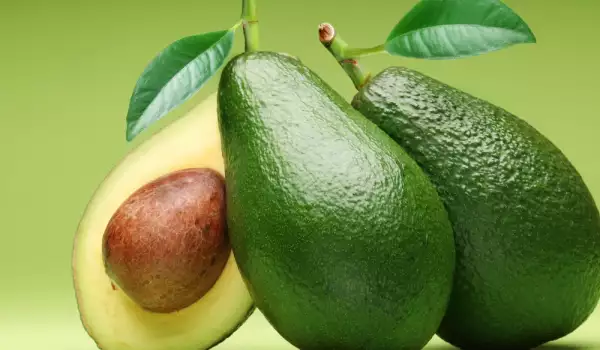



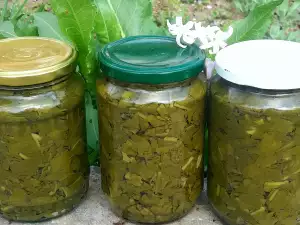






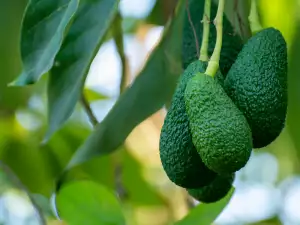


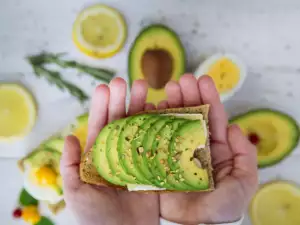
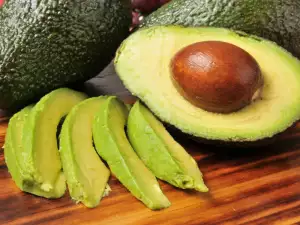



Comments